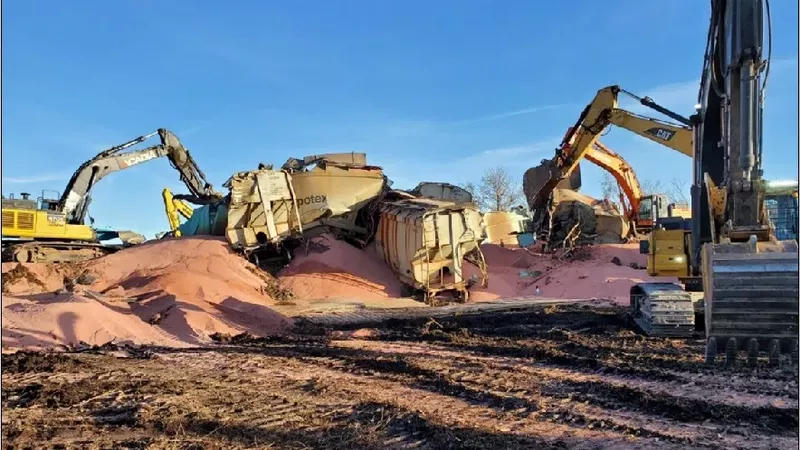
Broken rail that escaped detection caused 2021 potash train derailment: TSB
A cracked piece of railway track that escaped detection left 27 freight cars piled up near Silton in 2021.
According to a report by the Transportation Safety Board of Canada that was released Tuesday, a CP train hauling 200 cars loaded with potash derailed on Oct. 16, 2021 when its emergency brakes automatically activated.
“The train came to a stop and a subsequent inspection by the conductor determined that 27 freight cars had derailed into a large pile,” the board noted in its report.
“Many had been breached and their contents subsequently released. There were no injuries, and no dangerous goods were involved.”


